11 Effective Ways to Revive and Rejuvenate Your Raised Bed Soil
Maintaining healthy soil is key to a thriving garden, and rejuvenating raised bed soil is essential for long-term plant success. Over time, soil can become depleted of nutrients and compacted, affecting plant growth and overall garden health. Luckily, there are several simple methods to restore soil vitality, improve its structure, and enhance its fertility. Whether you’re replenishing organic matter, boosting drainage, or promoting better root development, these techniques will help you create the perfect environment for your plants to flourish.
This post may contain affiliate links, which helps keep this content free. Please read our disclosure for more info.
Add Compost
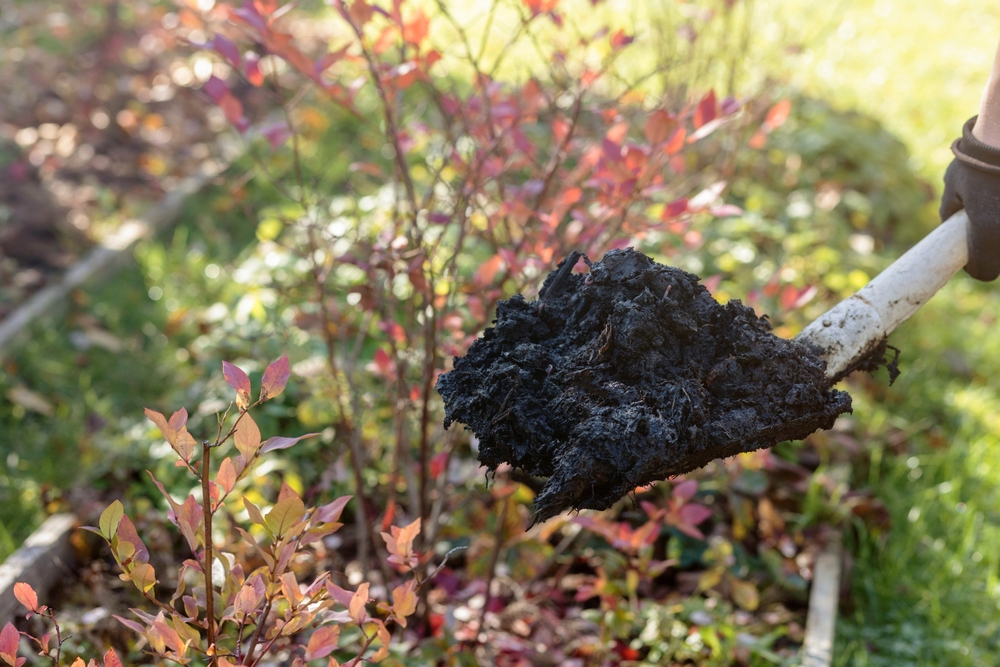
One of the most effective ways to rejuvenate raised bed soil is by adding compost. Compost improves soil by introducing valuable organic matter, which enhances its structure and provides essential nutrients. Over time, compost breaks down, enriching the soil and promoting healthy root development for your plants. It also helps retain moisture while improving drainage, ensuring that the soil remains loose and airy.
By adding compost annually, you replenish the soil’s organic content, which can otherwise deplete with each growing season. This method encourages beneficial microbes, which further enhance soil health, ensuring a thriving garden year after year.
Use Cover Crops
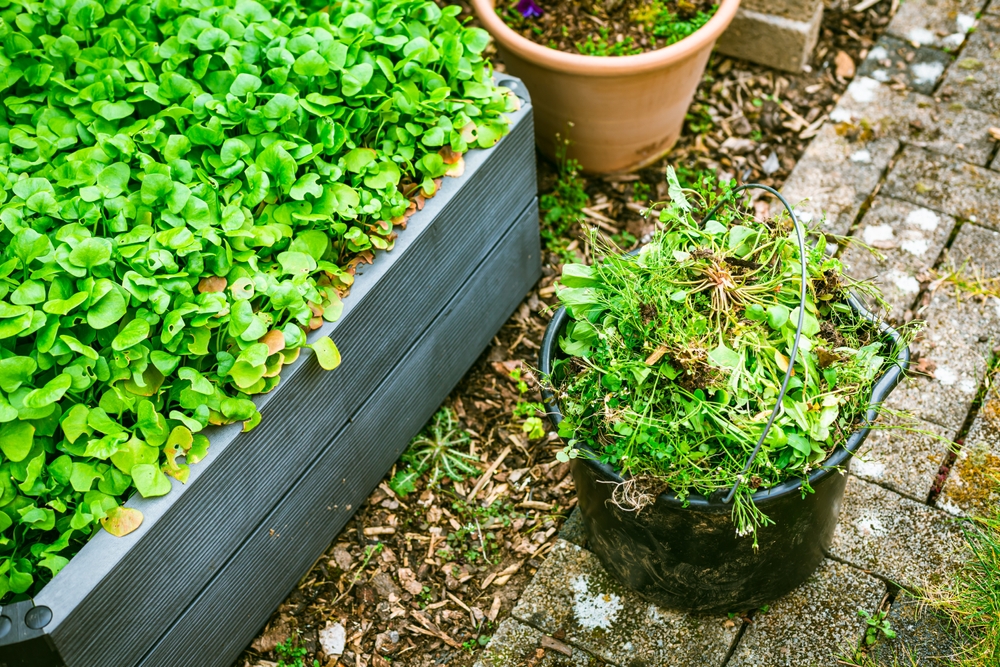
Planting cover crops, like clover or rye, is a natural way to rejuvenate raised bed soil. These plants help prevent soil erosion and add organic matter back into the soil. When you turn the cover crop into the soil at the end of the season, it decomposes and enriches the soil with nutrients like nitrogen. This method is excellent for building soil fertility and improving its structure.
Cover crops also help break up compacted soil, allowing air and water to reach the roots of your plants more effectively. This is a particularly beneficial method for restoring soil after a long growing season when the nutrients have been used up.
Add Organic Mulch

Organic mulch, such as straw or leaves, is another excellent way to rejuvenate raised bed soil. It acts as a protective cover, reducing weed growth while preserving moisture in the soil. As the mulch breaks down, it adds rich organic matter that improves the structure and texture of the soil. Mulch also prevents the soil from drying out during the warmer months, ensuring your plants stay hydrated.
By adding a fresh layer of mulch each year, you continually enrich the soil. It also helps regulate the temperature of the soil, keeping it cool in summer and warmer in winter, which is ideal for plant growth.
Add Worms

Introducing earthworms to your raised bed is an easy method to improve soil health. Earthworms burrow through the soil, creating tunnels that allow for better air and water circulation. As they move, they also break down organic material, turning it into humus, which is rich in nutrients. This natural process helps rejuvenate the soil by improving its structure and fertility.
Earthworms are particularly helpful for loosening compacted soil, making it easier for plant roots to spread. Over time, they create a healthier environment for plants, promoting stronger and more abundant growth.
Use Organic Fertilizers

Adding organic fertilizers to raised bed soil is a straightforward method for replenishing nutrients. Organic fertilizers release nutrients slowly, preventing nutrient imbalances and helping soil organisms thrive. Ingredients like fish meal, blood meal, or bone meal provide essential nutrients like nitrogen, phosphorus, and potassium.
These fertilizers improve soil fertility without causing harm to the environment. They also help maintain a balanced soil ecosystem, ensuring that your plants have access to the nutrients they need without over-fertilizing, which can cause more harm than good.
Practice Crop Rotation

Crop rotation is an effective method for maintaining soil health in raised beds. By changing the types of plants you grow each season, you prevent the depletion of specific nutrients and reduce the buildup of pests and diseases. Certain plants, like legumes, are particularly beneficial as they fix nitrogen in the soil, replenishing this vital nutrient.
Crop rotation also encourages biodiversity, which can help protect your soil from erosion and nutrient imbalances. This practice ensures that your raised bed soil remains productive year after year, without becoming overworked.
Incorporate Biochar
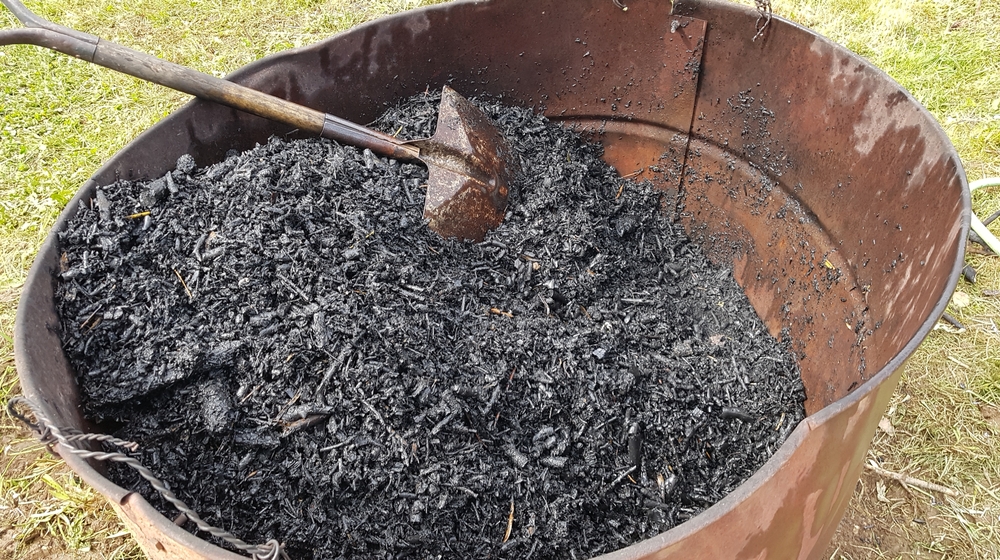
Biochar is a form of charcoal that can be used to improve soil structure and increase its ability to retain water and nutrients. Adding biochar to raised bed soil helps reduce acidity and promotes the growth of beneficial microbes. It also helps prevent nutrient leaching, ensuring that your plants have access to the nutrients for a longer period.
By incorporating biochar into your raised bed, you increase the soil’s fertility and its ability to support healthy plant growth. It’s an effective way to rejuvenate soil, particularly in areas with poor soil quality or low organic matter.
Improve Drainage with Sand
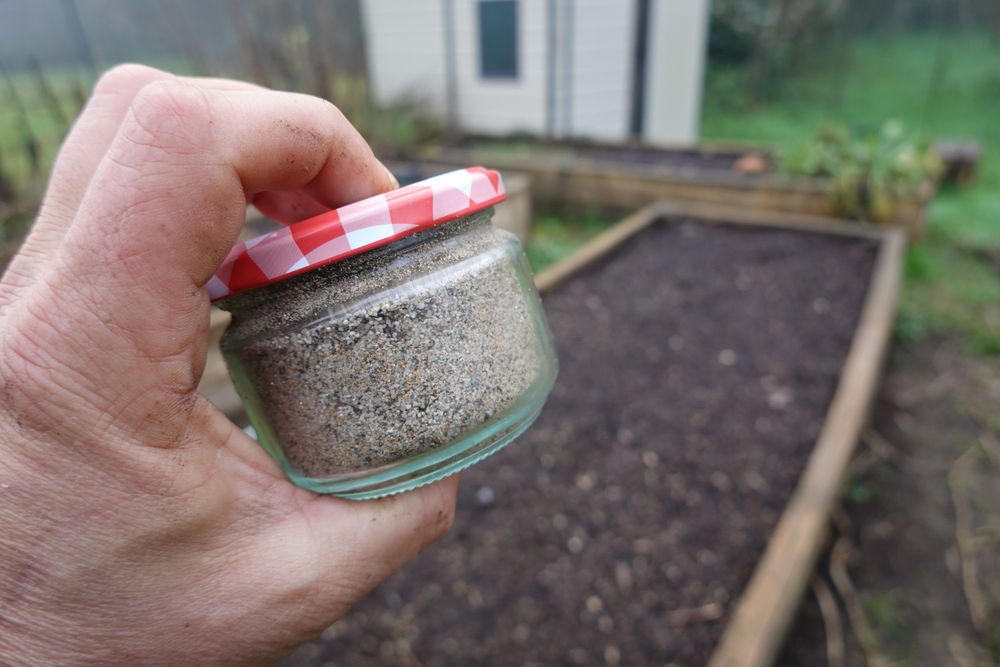
If your raised bed soil tends to stay too wet, adding sand can improve drainage. Sand helps break up heavy, clay-like soil, allowing water to flow more freely and preventing waterlogged conditions that can damage plant roots. However, it’s important not to overdo it, as too much sand can create a gritty, compact texture.
A balanced mix of sand and organic matter is key to achieving optimal drainage. This method ensures that your raised bed soil has the right balance of water retention and drainage, which is essential for plant health.
Use Plant-Based Amendments
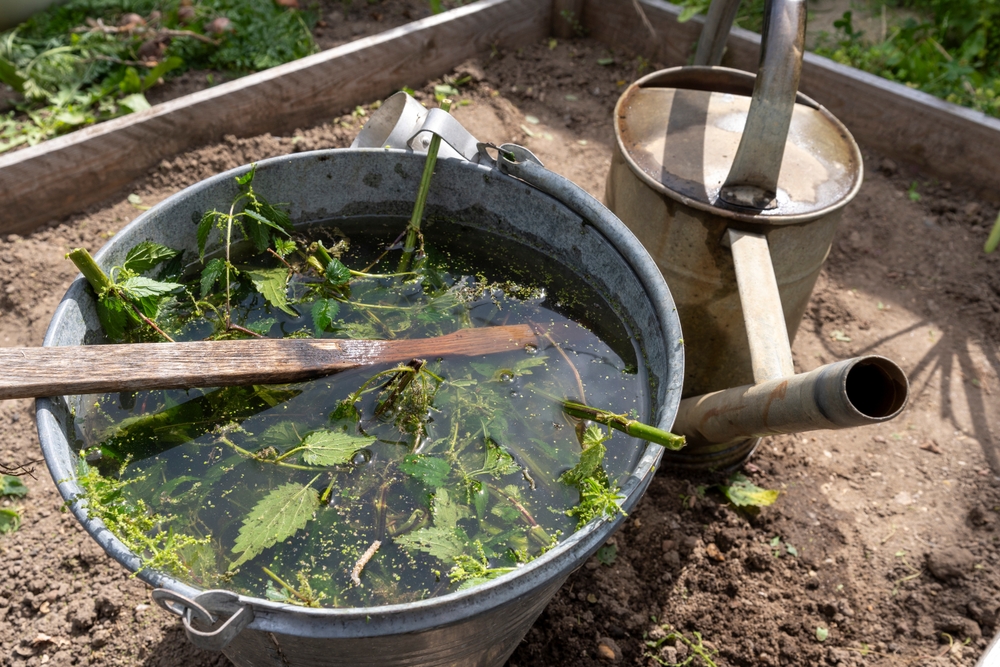
Plant-based soil amendments, such as alfalfa meal or green manure, are a natural way to rejuvenate raised bed soil. These materials break down slowly, adding both nutrients and organic matter to the soil. They also help improve soil structure and encourage microbial activity, which is essential for a thriving garden ecosystem.
Plant-based amendments are particularly beneficial because they are sustainable and help maintain the natural balance of your soil. Over time, they enhance the soil’s ability to retain moisture and provide a steady supply of nutrients to your plants.
Use Fish Emulsion
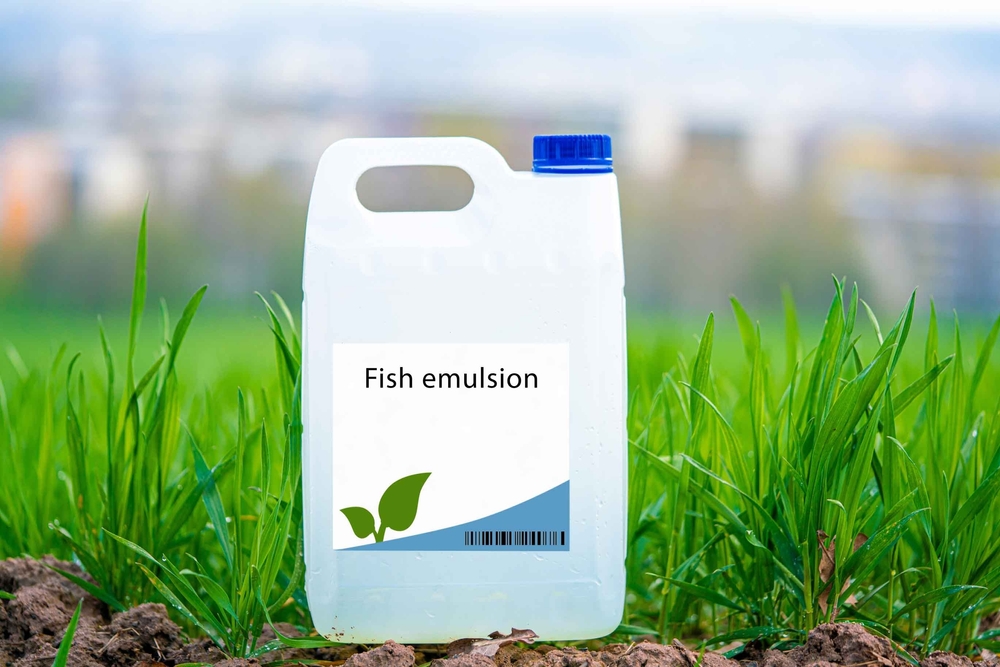
Fish emulsion is a liquid organic fertilizer that is rich in nitrogen and other essential nutrients. Adding fish emulsion to your raised bed soil boosts its nutrient content, helping plants grow more vigorously. It is particularly useful during the early stages of plant growth when they require a lot of nutrients.
This natural fertilizer is easy to apply and works well for improving both soil fertility and structure. By using fish emulsion, you help rejuvenate the soil without relying on synthetic chemicals, making it a great choice for organic gardening.
Increase Soil Aeration with a Garden Fork
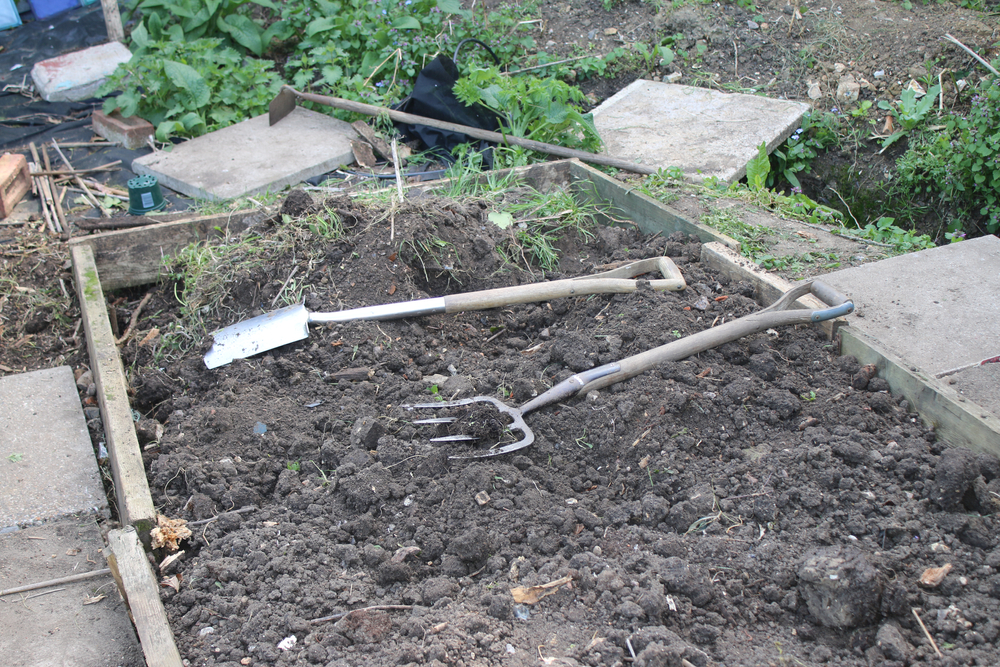
Over time, soil in raised beds can become compacted, reducing air and water flow to plant roots. Using a garden fork to gently aerate the soil helps loosen it and encourages better root growth. Aerating the soil also promotes the activity of soil-dwelling organisms, such as earthworms, which further improve soil health.
Regular aeration allows plant roots to access nutrients more efficiently, ensuring your garden thrives. This simple method is an excellent way to rejuvenate raised bed soil, especially after a few seasons of use.
This article originally appeared on Avocadu.
